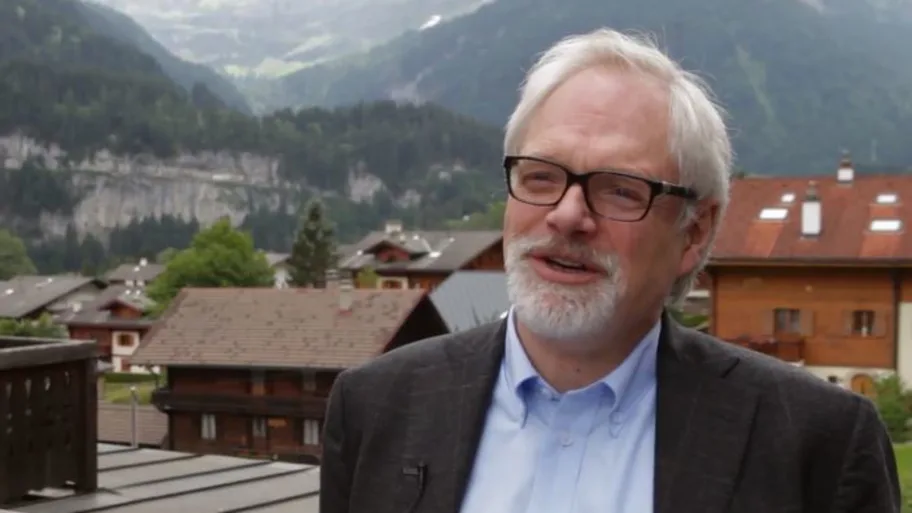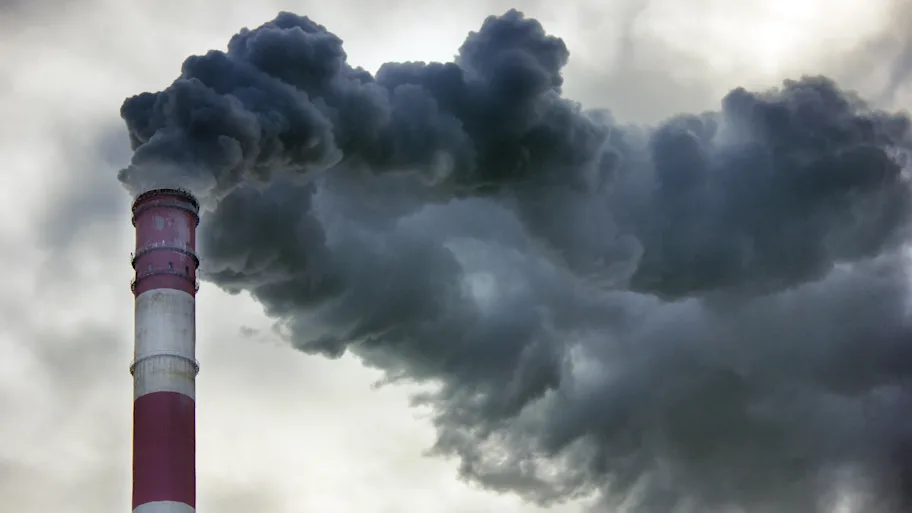
- Science news
- Life sciences
- New interest sparked in the transportation of fluids in porous media
New interest sparked in the transportation of fluids in porous media
by Michelle Ponto, science writer
With the oil situation stealing news headlines and the need for clean energy a growing concern, a group of scientists have rekindled interest in developing new solutions in the transport of fluids in porous media.
Oil effects the economy, the environment, and in some cases, political situations within a region. One of the problems is that approximately half of the oil remains in the ground when a reservoir has yielded all it can with today’s technology. This has led to the evolution of dirty methods such as fracking and tar sand exploitation.

“Transport in porous media is, perhaps surprisingly, at the core of fuel cell technology,” said Professor Alex Hansen. “Simply put…the world needs energy, and that energy needs to be clean.”
Hansen, the Field Chief Editor of Frontiers in Physics, is professor of physics at the Norwegian University of Science and Technology in Norway. He is also a member of the Norwegian Academy of Science and Letters, the Royal Norwegian Society of Science and Letters and the Norwegian Academy of Technical Sciences. He is Dr. h. c. at the University of Rennes 1, and over the years has researched the transport and breakdown phenomena in disordered systems, physics of porous and granular media and non-equilibrium statistical physics.
“There was a surge of interest in this topic in the eighties in connection with the general interest in fractal structures. However, later on the interest waned,” said Prof Alex Hansen. “This is too bad as the physics never developed to the point where it could connect well with the engineering community which has been interested in this problem for years.”
He believes that while there seems to less visible attention on the transport of fluids in porous media, there is still a strong community that is working on transport problems in close collaboration with geophysicists. “Transport in porous media is at the core of transport of pollutant in the ground, in the transport of water in connection with aquifers. It is of course also central to exploiting oil reservoirs to the full,” he explained.
Hanson is not alone in his thinking. To help consolidate interest across the field and bring the problem back into the spotlight, a number of scientists launched a Frontiers Research Topic entitled “Flow and Transformations in Porous Media.” The topic focused on fluid flow in evolving porous rocks, fracture networks and granular media. It required not only physicists to submit proposals, but scientists across academic disciplines to share research and ideas.
“The problem is this: The pores are typically at the micrometer scale. The relevant geological scale is kilometers. There can easily be eight to nine orders of magnitude between the smallest scale, which has interested physicists, and the scale relevant for the geologists. How to transfer the physics at the pore scale to that seen at the large scales? This is the ‘up-scaling problem’ and it remains essentially unsolved,” Hansen said.
Launching a Frontiers Research Topic devoted to the problem enabled the researchers to garner attention, stimulate discussions and advance research in the field. By the time submissions closed, the Research Topic brought together 72 authors from around the world and already the articles within the topic have received over 14,000 views. Hansen says that an EU-funded research network was central in the Frontiers Research Topic, and the work of this network was to some extent documented and collected through the research topic.
“Besides presenting new research in a given field, a research topic like this, gives an excellent guide to the current problems of interest within a given field. This is clearly extremely useful for researchers from graduate students entering a field to the seasoned scientist striving to be completely updated,” Hansen explained.
The launch of the “Flow and Transformations in Porous Media” research topic is just the beginning of what’s to come in the continuing search for answers to the problem of transport of fluids in porous media. With the problem being brought forward, interest rekindled and numerous articles showing innovative angles published within the topic, new discussions and collaborations are being formed.
“It is interesting to see the new collaborations that the author list for the Frontiers Research Topic revealed. Clearly, the research topic has led to people communicating and developing new research with the aim of producing a research topic volume,” Hansen said. “The feedback I received from authors and users has been very positive.”






